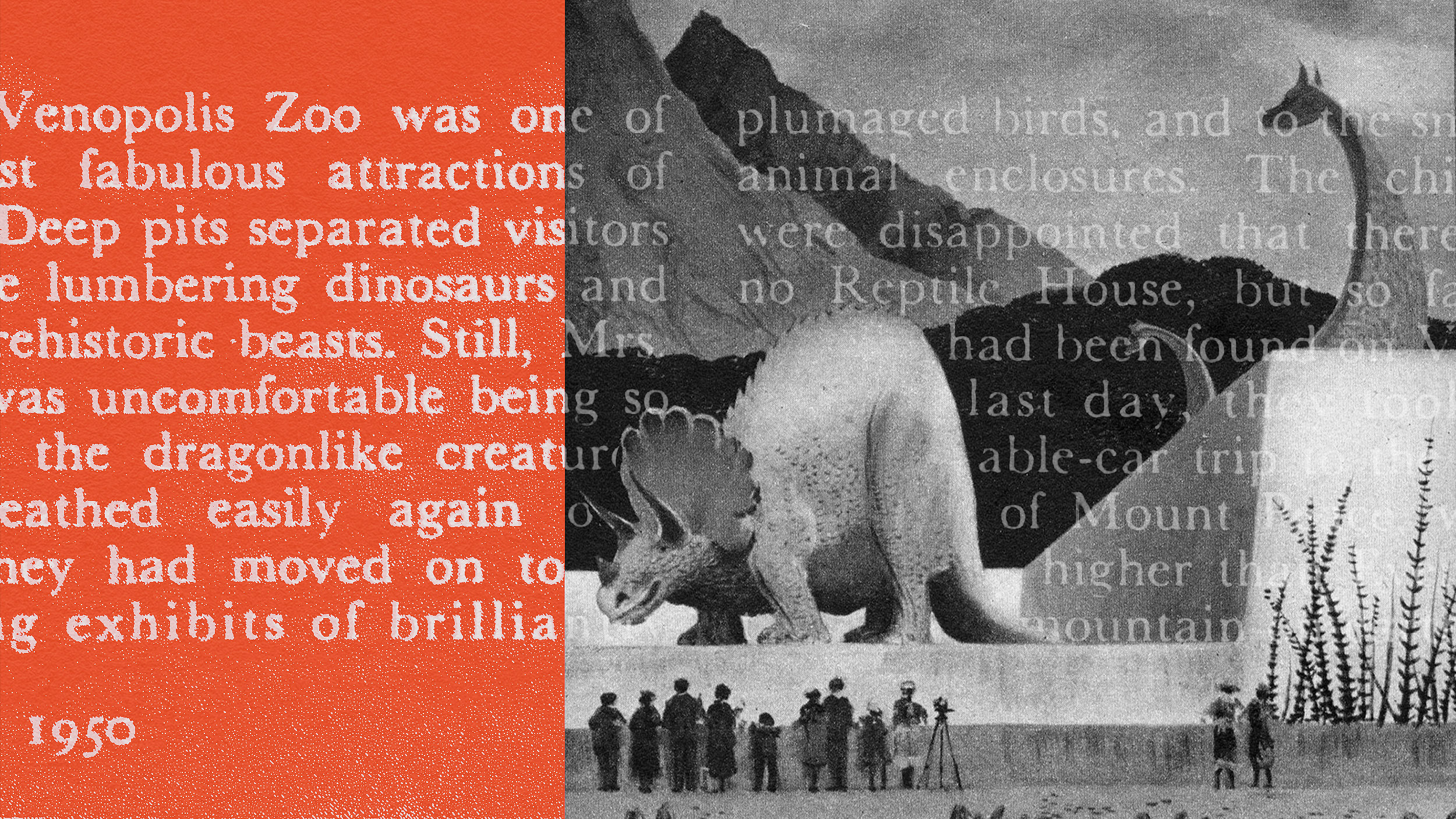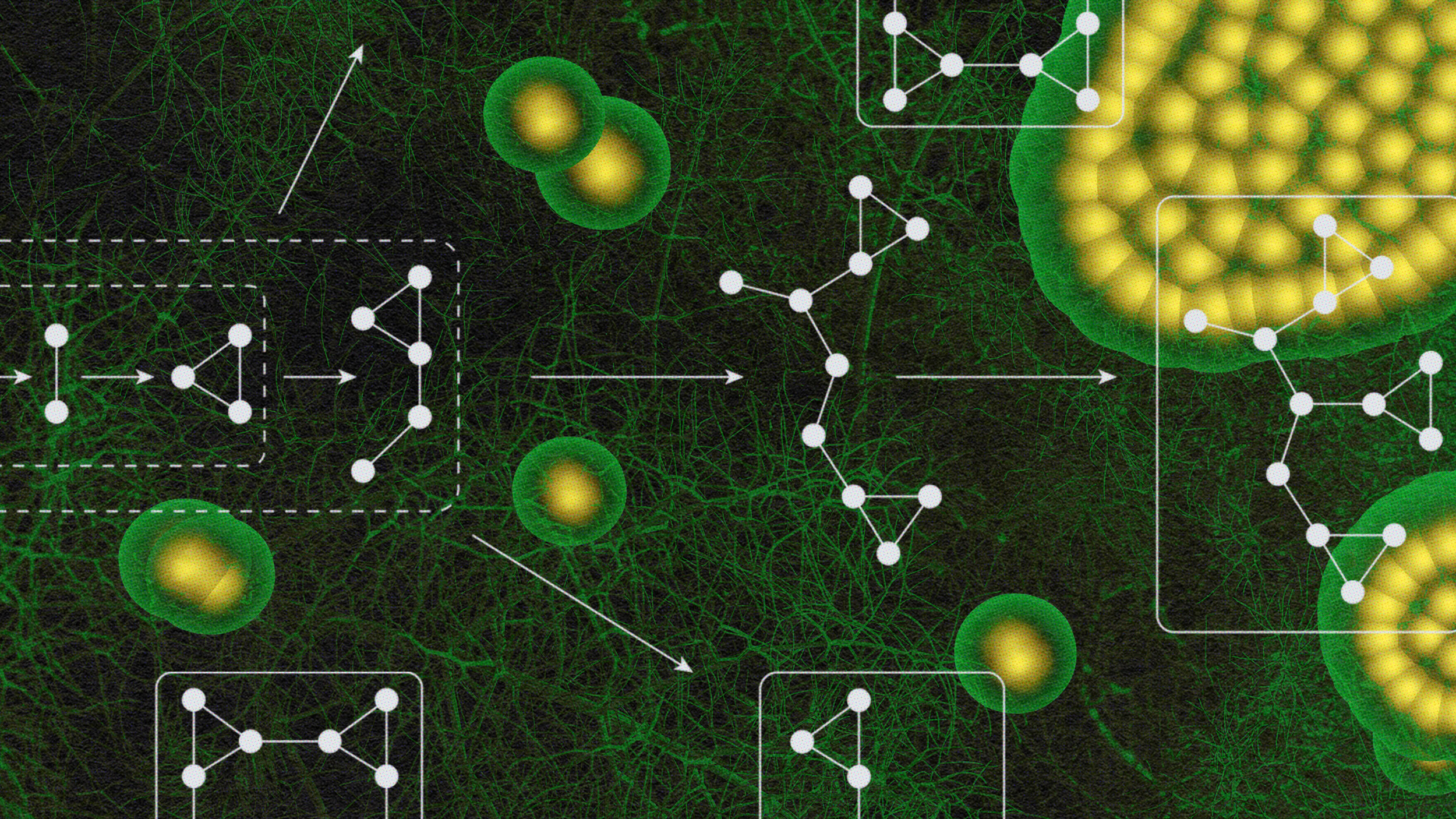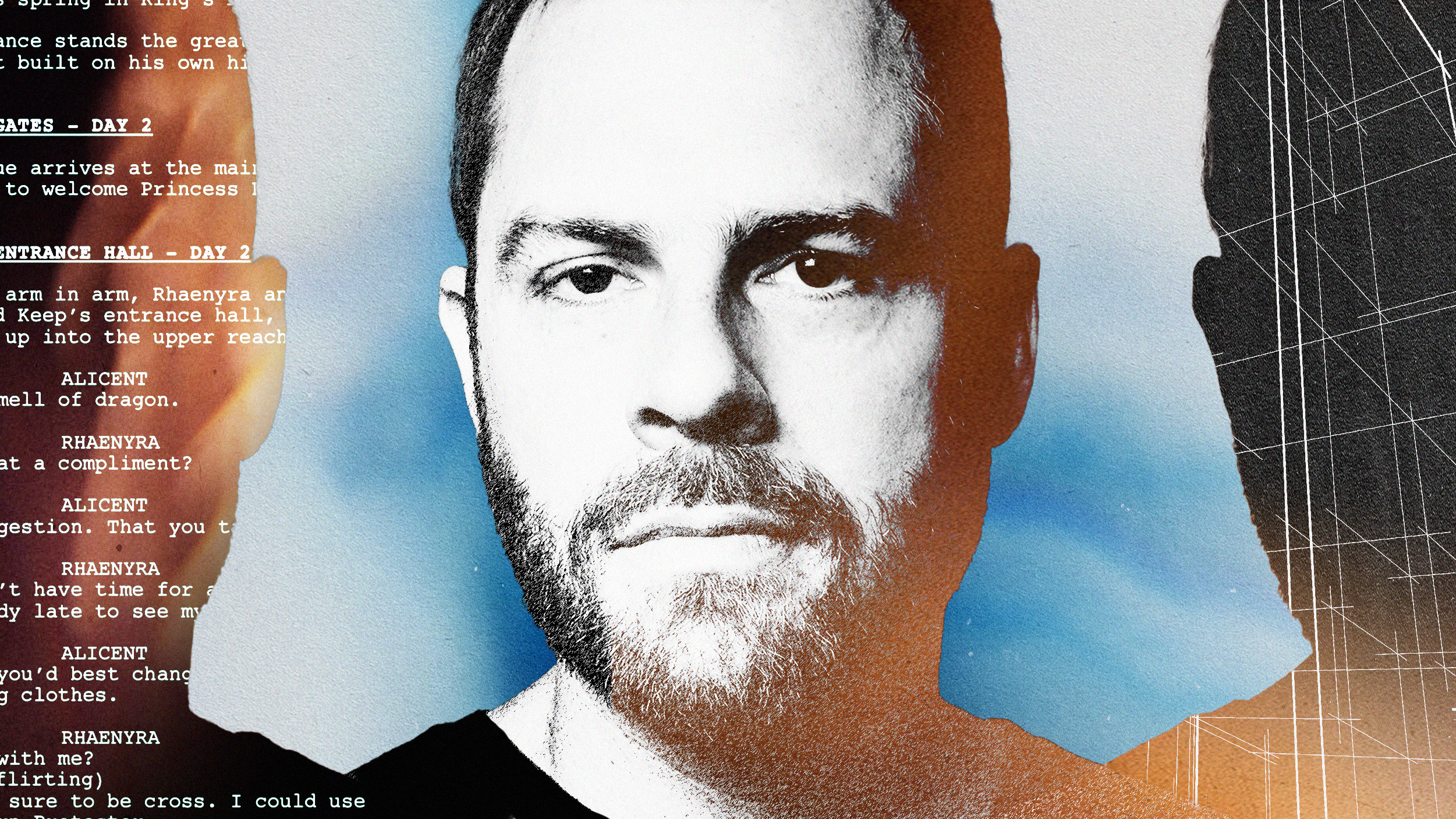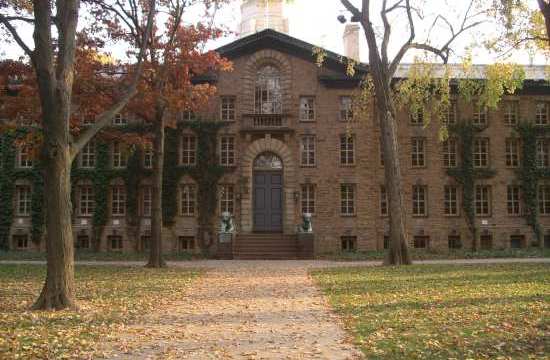What Killed the Dinosaurs? The Mystery Continues to Deepen…
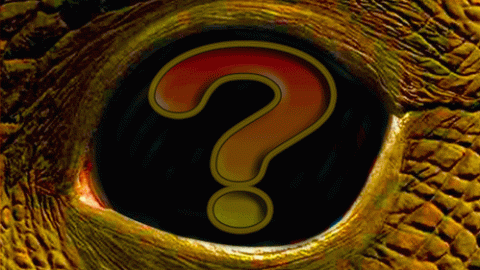
Click here to read the Ukrainian language version of this article.
Many scientists believe that a rock about 6 miles across plowed into Mexico 65 million years ago, killing the dinosaurs. But a minority of scientists are critical of this theory, citing the possibility of volanic eruptions, climate change, disease, etc. which might have wiped them out. A recent find of a new fossil may shed new light on this puzzle. If verified, it might help to resolve the controversy.
For generations, the rich history of the dinosaur has been the topic of many stories, books and films and has essentially become a part of our culture. Most children, at least in the US are first introduced to the life of dinosaurs through story and picture books which usually result in parents purchasing figurines and toys of their favorite kind. There has been a long fascination with the sheer number of various dinosaur species with estimates ranging in the hundreds and other research pushing that number to 500,000. It’s quite difficult however to provide an exact number because the overall fossil record isn’t complete as various species have been identified only from a very small number of fragments. Whether that number is in the hundreds or thousands, there is surely no one doubting that the diversity of this group is nothing short of spectacular.
For purposes of example, here is a small number of the various types that we’ve discovered thus far:
The ultimate story of the lives and eventual extinction of the dinosaurs have been one considered as one of the greatest mysteries of our time. Many cultures and ancient peoples throughout history have all had their own sets of stories and legends that have been carried through generations. For example, many historians believe that the Roman and Greek discovery of fossils eventually gave rise to their legends and stories of ogres and griffins. Another great example is how imagery of dragons is so prominent in the Chinese culture, with first recorded proofs of such dating back to 300 BC. It was Chang Qu, a very prominent historian at the time first documented a “proof” for the existence of dragons after finding what he felt were dragon bones in the Sichuan Province of Wuchen. The Chinese Dragon is now a cultural sign rich in both history and of great importance, not to mention the symbol of the nation and something that has became an insignia of strength over the period of many centuries and carried throughout many generations.
For decades, there has been a civil war among scientists, historians, paleontologists and researchers to ultimately explain the reason for dinosaur extinction after roaming the planet for millions of years. Some argue that it was volcanic eruptions while others argue germs or climate change.
The critics of the meteor/comet theory say that, if you dig down to the layer of rock corresponding to when the dinosaurs died (the KY boundary) you find that the dinosaur fossils actually disappear before 65 million years ago. In fact, there is, in some parts of the earth, an 8 feet “dead zone” below the KT boundary which is devoid of dinosaur fossils. The critics claim, therefore, that the dinosaurs died out before the impact. But a new fossil find (probably the horn of a Triceratops) suggests otherwise. It was found right in the middle of this dead zone, indicatingthat the dinosaurs still lived perhaps right up to the time of the impact.
If other such fossils are found, it would lend even more credibility of the impact theory. Personally, I like the theory that it was a 1-2 punch (impact plus volanic eruption in India) which killed the dinosaurs. Perhaps the impact was so great the shock wave went through the earth, and disrupted the crust of the earth in India, creating massive volano eruptions. (Sometimes on the moon, we see craters on opposite sides, indicating that this may be a common occurance withmeteor impacts).
This debate will surely continue to rage. But right now, the impact theory has gotten a new boost.


